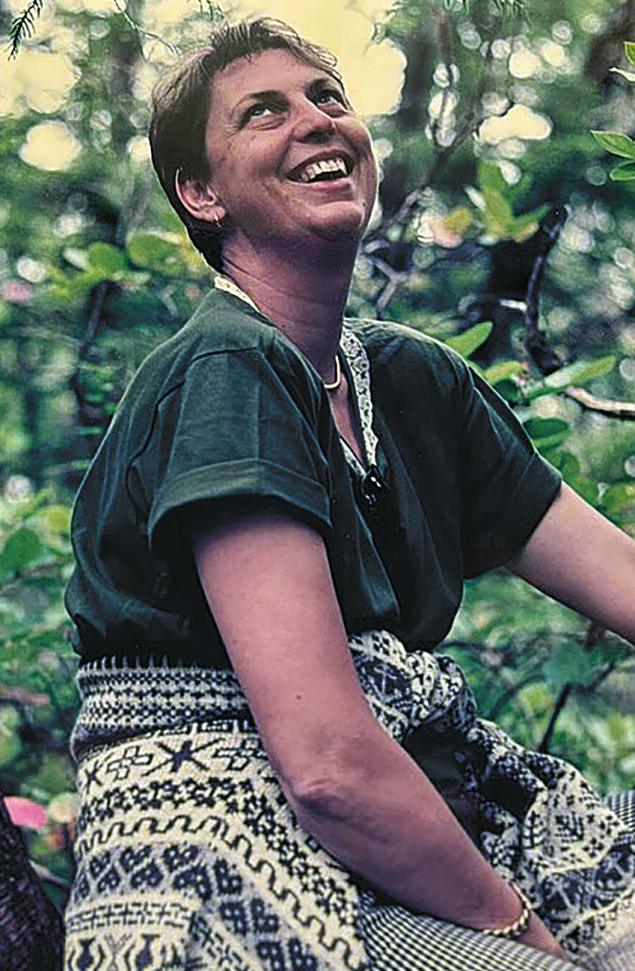
Cristiana Peroni, former team leader of the Torino group of the CMS collaboration, passed away on 19 June 2024.
Peroni obtained her degree in physics in 1974 at the University of Torino. She worked at an experiment on low-energy proton–antiproton collisions at the CERN Proton Synchrotron, before joining the European Muon Collaboration and, later, the New Muon Collaboration. After this, she moved to ZEUS at DESY and then CMS at the LHC, and was appointed full professor at the University of Torino in 2001.
Thanks to Cristiana’s initiative, in collaboration with Fabrizio Gasparini (project manager of the drift-tube project of CMS’s muon system), the Torino group joined the CMS collaboration in the late 1990s. The group took responsibility for the construction of the MB4 muon chambers, together with groups at Padua, Madrid and Aachen, which were responsible for the construction of the MB3, MB2 and MB1 layers of CMS’s drift-tube system, respectively.
At the same time, Cristiana started a collaboration with the JINR–Dubna group led by Igor Golutvin to realise a critical part of the system: the deposition of the field electrodes on the aluminium planes that form the structural element of the chambers. This was a very successful collaboration, in spite of the crucial issues related to complex logistics, which worked extremely well, guaranteeing the construction of the system within the required timeframe. Alongside hardware commitments, the team coordinated by Cristiana took on important roles of responsibility in the physics groups of the collaboration (in particular in the Higgs sector), and soon saw its expansion with the addition and merger of other groups in Torino, which added activities related to the tracker, electromagnetic calorimeter and precision proton spectrometer.
“Cris” was a determined and capable leader, highly appreciated for the attention she always paid to the professional growth of her collaborators, the career development of early-stage researchers, as well as the team building and mutual support that made her group united and coherent.
In the last part of her professional life, Cris turned her attention to research in medical physics, leaving the management of the CMS group to her collaborators, and carrying out research on hadron therapy. In this field, not only did she establish a new course on medical physics at Torino, but she was instrumental to the CNAO hadron-therapy facility in Pavia, which has been treating cancer patients for more than a decade.







